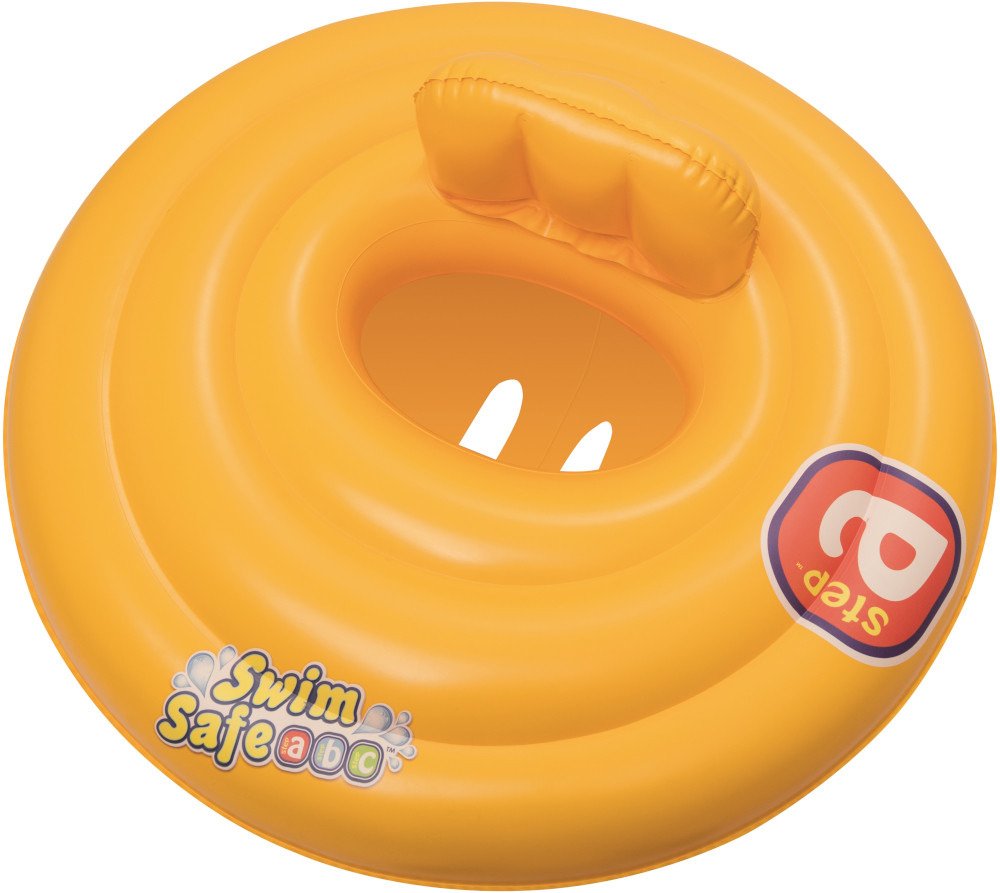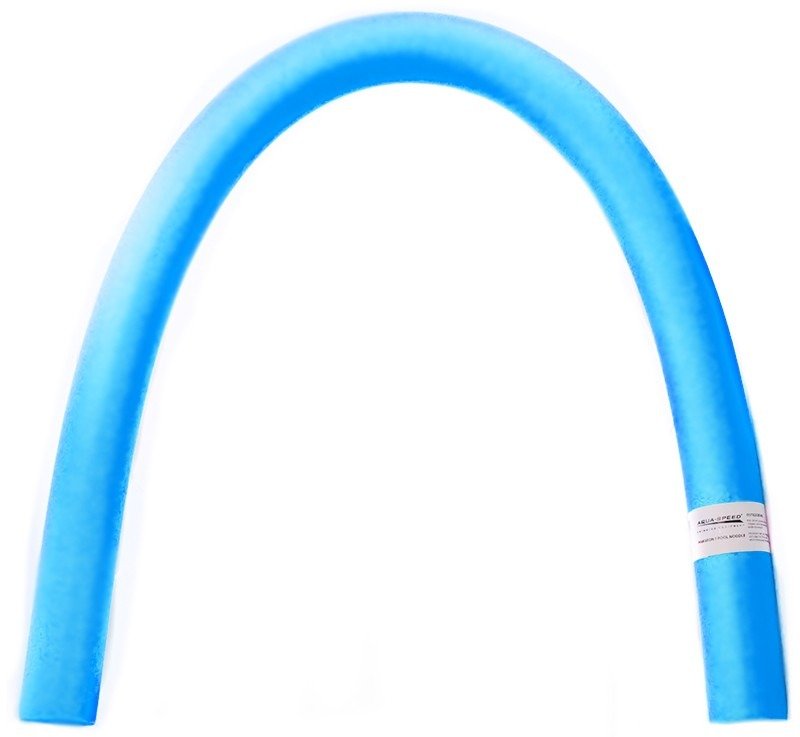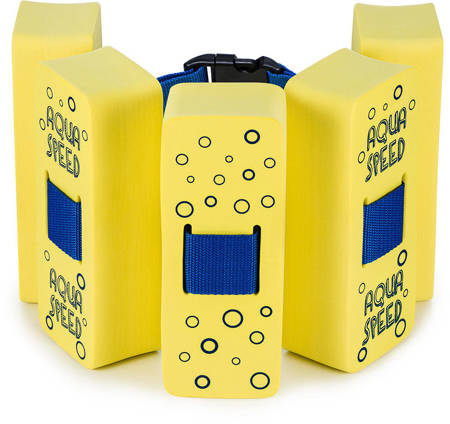How to Teach a Child to Swim?

A Baby Pool is a Great Start!
Swimming and water activities provide numerous benefits for a young body. They strengthen tendons and muscles, helping maintain proper posture during a child’s dynamic growth phase. Swimming offers a full-body workout without straining the spine or joints. Here’s our guide on how to teach your child to swim, how to prepare for it, and which swimming equipment and toys can be especially helpful.
Swimming Should Be a Joy and Fun Experience for Babies and Children
It’s important to remember that water is a natural environment for newborns and infants. Starting from the age of 3 months, you can take your baby to a specially prepared pool (with appropriately warm water).
The recommended age to begin proper swimming lessons is around 5 years old, although this is always an individual matter. The key rule should be that swimming is voluntary. If a child is not eager to try or feels a fear that’s hard to overcome at the moment, it’s worth waiting a while and reintroducing swimming lessons later. Forcing a child against their will can have long-term negative effects. An older child may eventually firmly refuse to learn.


The First Stage of Learning to Swim: Getting Comfortable in the Water
Getting comfortable in the water is a crucial stage, especially for young children who have had little prior contact with water before starting swimming lessons. The first moments in the water often pass almost unnoticed if the child is accompanied by a parent or caregiver, making the experience enjoyable and engaging.
To minimize any potential stress, you can use inflatable swimming toys, kickboards, foam noodles, rings, seats, and similar aids. This stage focuses on shared playtime—first in shallow water, then gradually moving to deeper areas.
Initially, floating freely in an inflatable swim ring or using inflatable armbands helps encourage the child to progress with further exercises. An inflatable ball is also a great tool at this stage. A child engrossed in play quickly gains confidence and skills in moving through the water.
Submerging a Child's Face and Head in Water
Once a child feels more confident in the water, the next step is learning to submerge their face in the water. This helps maintain a natural position, preventing quick fatigue while swimming. For some children, this is no problem, but others may resist submerging their head. It’s the caregiver’s role to find a comfortable way to encourage the child to voluntarily immerse their face and head in the water. Several effective methods can help with this:
- Shower or rain simulation – Pour water over the child’s head during a bath or under a shower to help them get used to water on their face
- Swimming toys – Beyond kickboards or inflatable rings, which keep the child afloat, small toys or rings that sink to the bottom can be used. Initially, picking something up from shallow water doesn’t require submerging the face. As the child gains confidence, they’ll retrieve toys from deeper water, gradually submerging their face and eventually their whole head
- Splashing water – Engaging in playful splashing games where participants aren’t allowed to turn their head to the side helps children quickly get accustomed to water on their face
- Goggles or masks – Wearing goggles or a swimming mask can make submerging less intimidating, as it keeps water away from the eyes and allows children to see underwater
- Underwater photos – If possible, take fun underwater pictures with a camera or smartphone. This activity turns submerging their face or head into a fun and natural part of play


First Water Exercises for Young Children
To teach a child to swim, it’s helpful to introduce exercises that prepare them for floating freely in the water and teach proper coordination of arms and legs.
- Breathing practice – Focuses primarily on teaching the child to exhale through their nose underwater. Once they master this skill, they can progress to learning how to dive.
- Kicking – Practicing kicking at the pool edge helps children develop proper leg movement for swimming. It’s important to ensure they don’t kick their legs too deep underwater during the exercise.
- Swimming kickboard – A kickboard is essential until the child feels confident swimming on their own. It helps practice kicking, breathing, and proper arm movements (e.g., swimming freestyle with the face submerged while holding the kickboard in outstretched arms, alternating hand grips on the board and performing circular arm movements).
The Support of a Coach is Invaluable When Learning to Swim
Any parent who has attempted to teach their child new activities knows how challenging it can sometimes be. In the presence of family, children often feel confident enough to express their reluctance after the first failure or even refuse to continue altogether. This is where a coach can make a difference. The primary benefits of professional support include instilling discipline and developing proper habits.
- Improved discipline – In the presence of an external figure (coach or teacher), children tend to be more focused and motivated. It’s worth enlisting the help of an experienced coach, especially during the early stages of swimming lessons, to ensure productive learning sessions
- Proper habits – Individual or group lessons with a coach provide children with a strong foundation in swimming across different styles. Moreover, it ensures they don’t develop bad habits (e.g., incorrect body positioning or improper breathing rhythm), which can be difficult to correct in later stages of learning
For more information on where and how to continue your child’s swimming education and nurture a passion for the sport, check out AQUA SPEED Magazine.











